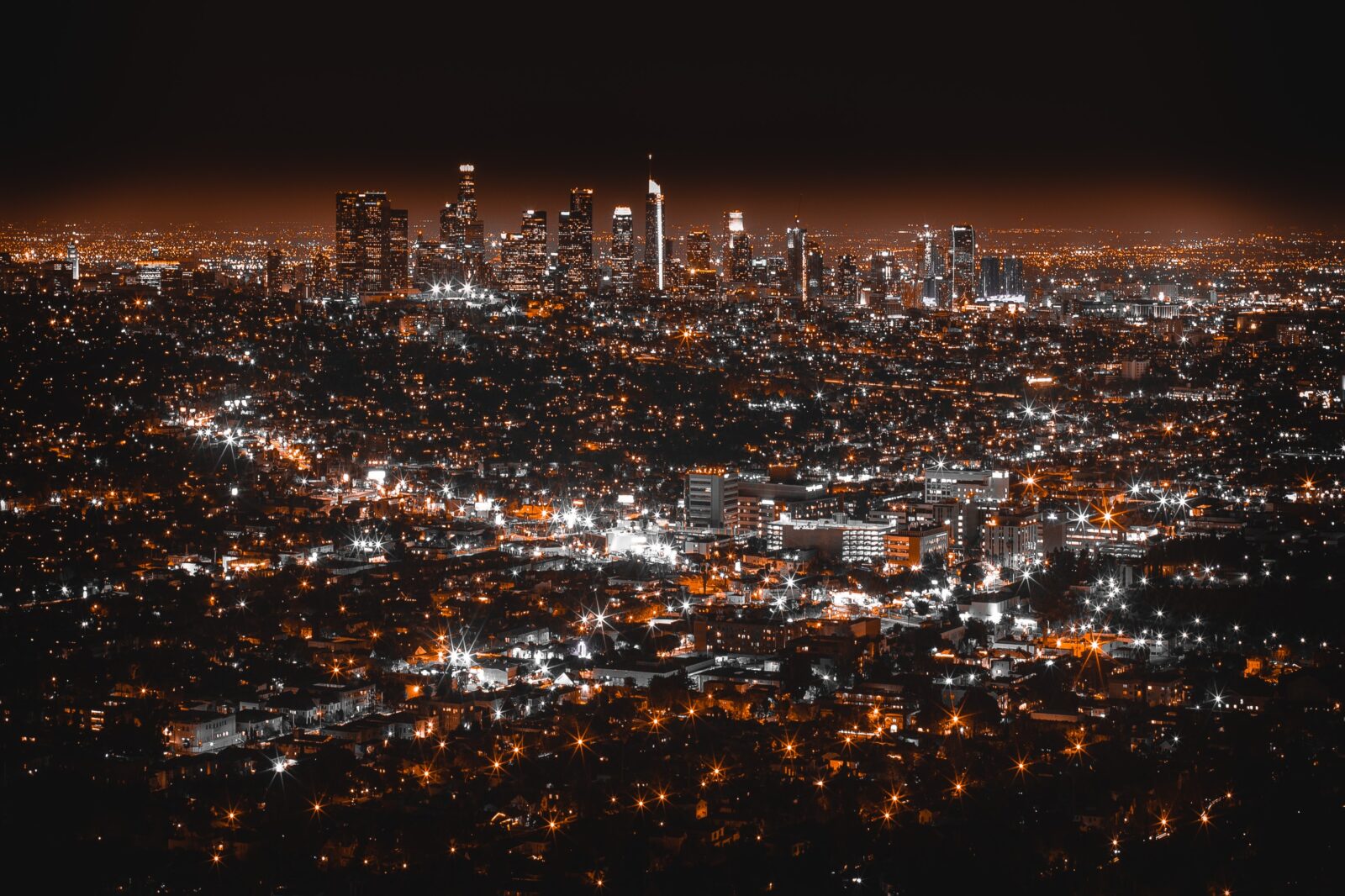How Much Do You Know About Homelessness?
- Categories
- Homelessness
I’ve written columns on homelessness for eight months now while assuming basic factual knowledge that many readers may not have. Here’s a six-question quiz:
1. Officially, how many homeless people live in the U.S.?
2. How many are “sheltered” (legally sleeping in a building) as opposed to sleeping outside, in a car, or in an abandoned building?
3. Which four states have as much homelessness as the other 46 combined?
4. How many among the homeless are male, how many black or Hispanic, how many under 18?
5. How many are chronically rather than temporarily homeless?
6. What are the trends over the past 15 years?
If you can confidently blurt out some numbers, read no further. If not, here are some answers, according to a document published in December, the 2022 Annual Homelessness Assessment Report . The numbers emerge from the Housing and Urban Development Point-in-Time (PIT) count done annually in communities around the United States. Small teams of volunteers do most of the counting, peering into shelters and campsites.
First, the PIT count for 2022 was about 582,500 — one of every 573 Americans. Estimates of those who were homeless at some point during the year are larger. Still, homelessness does not affect as many people as some other social ills do. For example, Bureau of Justice statistics published last September suggest that one of 61 Americans each year is a victim of violent crime.
Second, where do homeless people sleep? Six in ten, defined as “sheltered homeless,” sleep in emergency shelters, safe havens, or transitional housing programs. These sites are often unpleasant but usually not dangerous. Four in ten are unsheltered, some in tents or cars not for recreational reasons but because they have no alternative. The sheltered/unsheltered ratio varies by climate: Two thirds of the California homeless, but only five percent of the New York homeless, are unsheltered.
Third and fourth: Half of the homeless in the U.S. live in New York, California, and the two northern Pacific Coast states: Oregon and Washington have highly-visible homeless encampments snaking along highways and riverbeds. Nationally, six out of ten are male, and about the same percentage are black or Hispanic. One out of six is under 18: Homeless children and teens tend to be less visible because 90 percent of them are sheltered.
Fifth and sixth: The 2022 count showed only 30 percent of homeless individuals had chronic homelessness, defined as having a physical or mental disability and being continuously homeless for one year or more, or homeless at least four times in the last three years for a total of at least 12 months. Trends over the past fifteen years: The national PIT count in 2022 is ten percent lower (64,796 fewer people) than it was in 2007. The largest 15-year homelessness increases were in California (up 23 percent) and New York (up 19 percent). Texas had a 39 percent decrease.
The short-term, 2020-2022 trend is toward more official beds for homeless people: an 11 percent increase that includes 29,000 beds in emergency shelters and 67,000 in longer-term housing, often through Housing First initiatives that do not push recipients to give up their addictions. Within emergency shelter programs, the largest increase was in single-occupancy rooms in hotels or motels: a 243 percent jump in just those two years.
If you’ve aced the test, here’s a bonus question. HUD has developed what it optimistically calls Continuums of Care, local planning bodies coordinating homelessness services in particular geographic areas. Only two CoCs had unsheltered rates of 90 percent or higher: one in Hendry, Hardee, and Highlands Counties along the central Gulf Coast of Florida (94%) and the other in southeastern Tennessee, including Chattanooga: 93.5%. Overall, these numbers in a freedom-oriented country of 334 million people aren’t as bad as some scare headlines imply — but San Francisco and Seattle are two of the cities that don’t deserve an S for satisfactory, and Chattanooga gets a C- at best. Last month ten Covenant College journalism students under my supervision gained some street-level understanding of homelessness in Chattanooga and drafted stories I then worked on. Fix Homelessness plans to run four of those articles on the next four Fridays.
